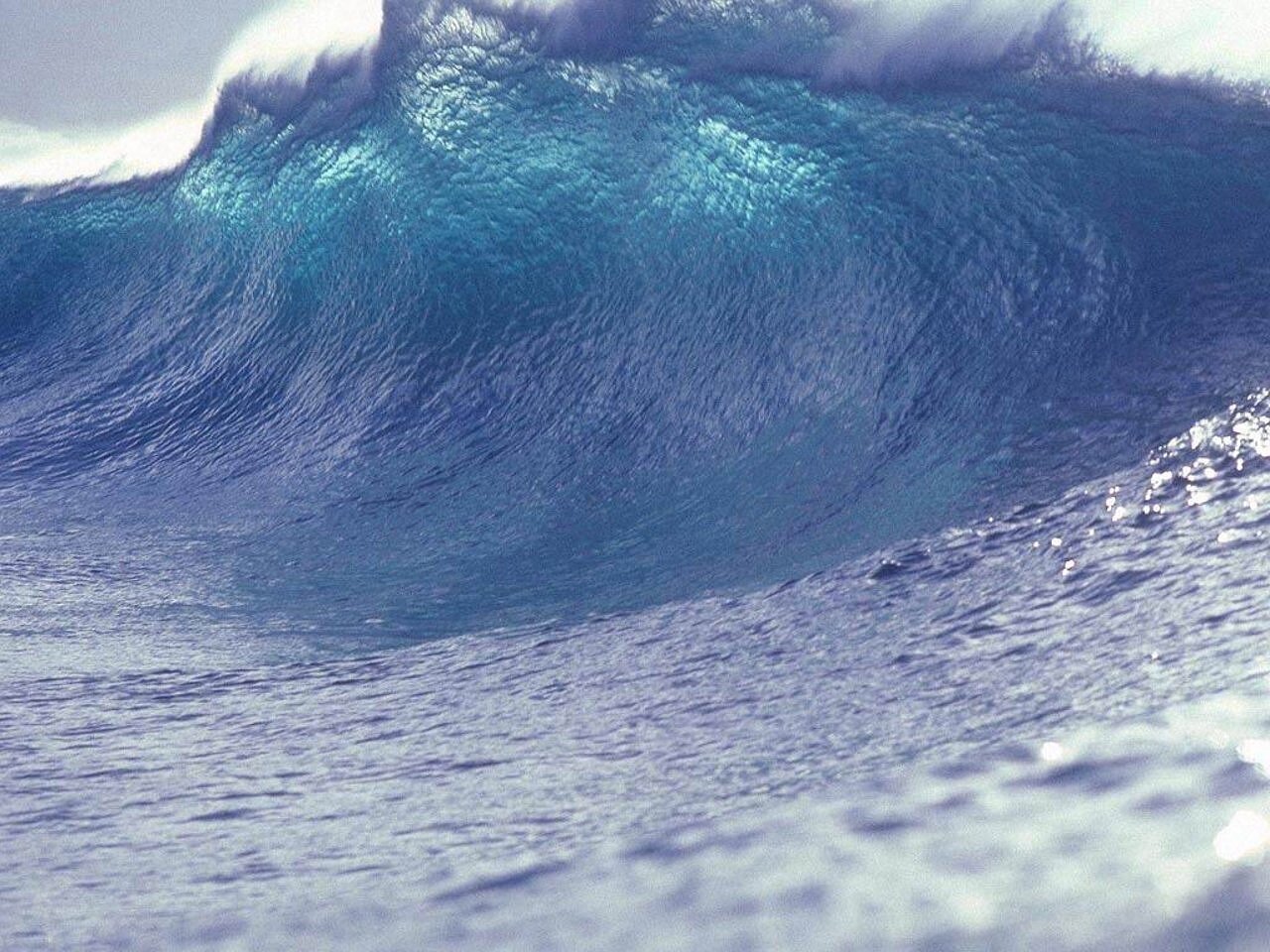California's Tsunami Preparedness: Understanding Vulnerability And Risk

Welcome to your ultimate source for breaking news, trending updates, and in-depth stories from around the world. Whether it's politics, technology, entertainment, sports, or lifestyle, we bring you real-time updates that keep you informed and ahead of the curve.
Our team works tirelessly to ensure you never miss a moment. From the latest developments in global events to the most talked-about topics on social media, our news platform is designed to deliver accurate and timely information, all in one place.
Stay in the know and join thousands of readers who trust us for reliable, up-to-date content. Explore our expertly curated articles and dive deeper into the stories that matter to you. Visit Best Website now and be part of the conversation. Don't miss out on the headlines that shape our world!
Table of Contents
California's Tsunami Preparedness: Understanding Vulnerability and Risk
California, a state famed for its stunning coastline, faces a significant, often overlooked threat: tsunamis. While earthquakes are frequently discussed, the potential devastation of a tsunami often takes a backseat in public awareness. Understanding California's vulnerability and the state's preparedness efforts is crucial for protecting lives and property. This article delves into the risks, preparedness measures, and what Californians need to know to stay safe.
California's Tsunami Risk: A Complex Equation
California's location along the Pacific Ring of Fire makes it susceptible to tsunamis generated by both nearby and distant earthquakes. The Cascadia Subduction Zone, a massive fault line off the coast of the Pacific Northwest, poses the most significant threat. A major earthquake along this zone could generate a devastating tsunami impacting the entire California coastline within hours. However, California is also vulnerable to locally generated tsunamis from earthquakes closer to shore, and even tsunamis originating thousands of miles away across the Pacific Ocean.
Identifying Vulnerable Areas:
Several factors contribute to a region's tsunami vulnerability:
- Coastal Proximity: Areas immediately adjacent to the coast are most at risk of inundation.
- Topography: Low-lying coastal areas and bays are particularly vulnerable to flooding.
- Infrastructure: The condition and design of coastal infrastructure, including seawalls and buildings, play a crucial role in mitigating damage.
Specific areas of California, including Crescent City, Eureka, and the Bay Area, are identified as particularly vulnerable due to their proximity to the Cascadia Subduction Zone and their geographic features. The California Geological Survey (CGS) provides detailed tsunami inundation maps for many coastal communities, offering valuable insights into potential impact areas. You can find these maps by searching "[California Geological Survey Tsunami Inundation Maps]" online.
California's Tsunami Preparedness Strategies:
The state has implemented several strategies to enhance tsunami preparedness:
- Early Warning Systems: The National Oceanic and Atmospheric Administration (NOAA) operates a sophisticated tsunami warning system that monitors seismic activity and ocean buoys to detect potential threats. This system provides crucial time for evacuations.
- Public Education Campaigns: Numerous organizations, including the California Governor's Office of Emergency Services (Cal OES), conduct public education campaigns to raise awareness about tsunami risks and preparedness measures.
- Evacuation Plans: Many coastal communities have developed detailed evacuation plans, identifying safe zones and evacuation routes.
- Infrastructure Improvements: Efforts are underway to improve coastal infrastructure to withstand tsunami impacts. This includes strengthening seawalls and designing buildings to be more resilient.
What You Can Do to Prepare:
Individual preparedness is crucial. Here are some key steps:
- Develop a Family Emergency Plan: This plan should include designated meeting points, communication strategies, and essential supplies.
- Know Your Risk: Determine your level of risk based on your location and proximity to the coast.
- Create a Go-Bag: Pack a bag with essential supplies, including water, food, medications, and important documents.
- Learn Evacuation Routes: Familiarize yourself with the designated evacuation routes and safe zones in your community.
- Stay Informed: Monitor weather alerts and official sources for tsunami warnings and advisories.
Conclusion:
While the possibility of a major tsunami impacting California may seem remote, the potential consequences are severe. By understanding the risks, participating in preparedness efforts, and taking personal responsibility, Californians can significantly reduce the impact of this natural hazard. Staying informed, preparing a family plan, and understanding your local evacuation routes are crucial steps in ensuring safety and resilience in the face of a tsunami. Learn more about tsunami safety by visiting the website of your local emergency management agency. Your preparedness is your best defense.

Thank you for visiting our website, your trusted source for the latest updates and in-depth coverage on California's Tsunami Preparedness: Understanding Vulnerability And Risk. We're committed to keeping you informed with timely and accurate information to meet your curiosity and needs.
If you have any questions, suggestions, or feedback, we'd love to hear from you. Your insights are valuable to us and help us improve to serve you better. Feel free to reach out through our contact page.
Don't forget to bookmark our website and check back regularly for the latest headlines and trending topics. See you next time, and thank you for being part of our growing community!
Featured Posts
-
 Netherlands Vs Malta Match Preview Prediction And Team News
Jun 10, 2025
Netherlands Vs Malta Match Preview Prediction And Team News
Jun 10, 2025 -
 England Vs Senegal Live Score Team News And International Friendly Predictions
Jun 10, 2025
England Vs Senegal Live Score Team News And International Friendly Predictions
Jun 10, 2025 -
 More Pg And E Customers Can Now Save Money Expanded Discount Program
Jun 10, 2025
More Pg And E Customers Can Now Save Money Expanded Discount Program
Jun 10, 2025 -
 Former Ufc Fighter Ben Askrens Hospitalization What We Know So Far
Jun 10, 2025
Former Ufc Fighter Ben Askrens Hospitalization What We Know So Far
Jun 10, 2025 -
 Investigating Pg And Es Fee Supporting Diablo Canyon Nuclear Plant
Jun 10, 2025
Investigating Pg And Es Fee Supporting Diablo Canyon Nuclear Plant
Jun 10, 2025
